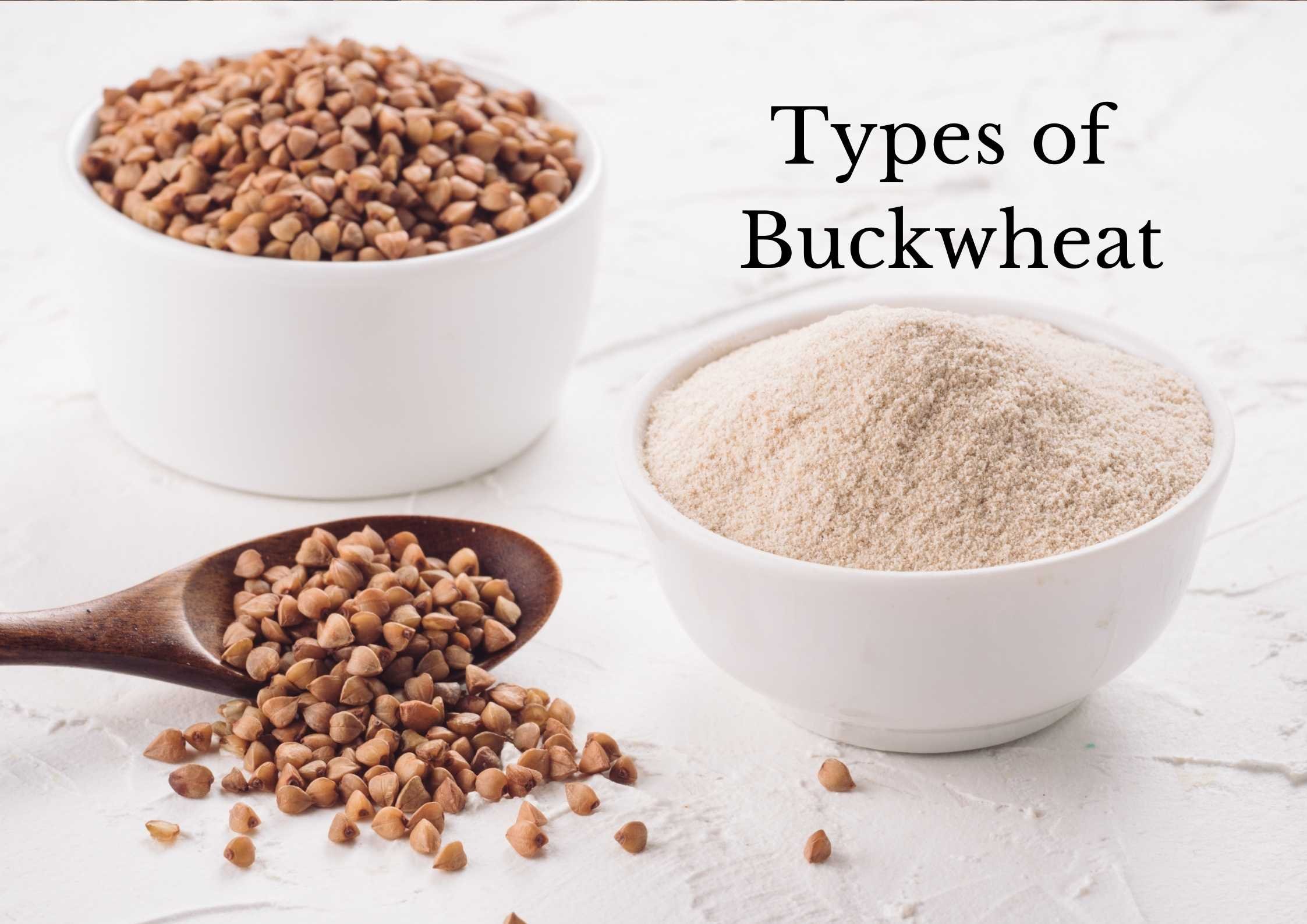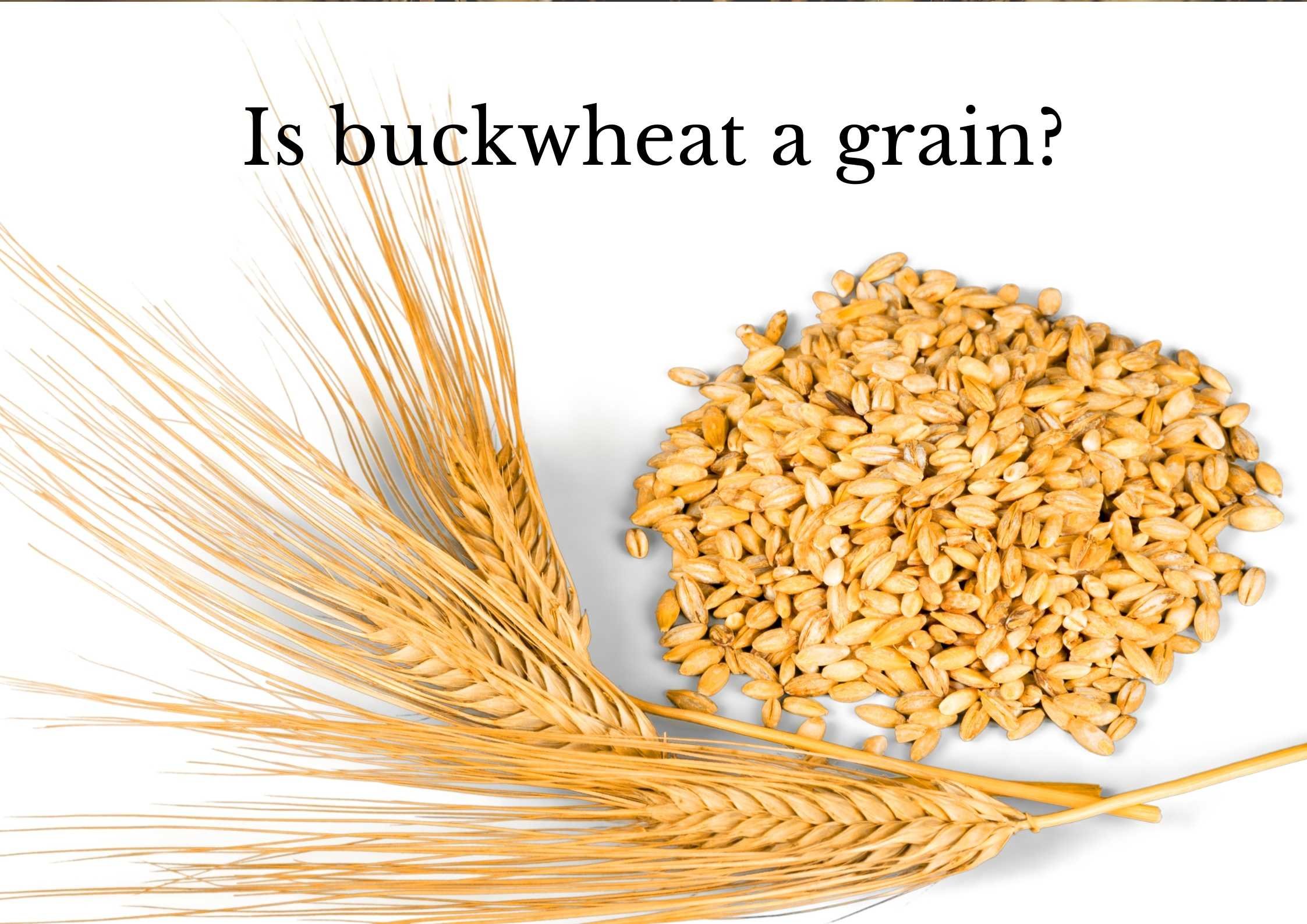Wonders of Buckwheat: A Nutritional Superfood
If you’re looking for a nutritional powerhouse, look no further than buckwheat. This amazing superfood is packed with protein, fiber, and essential minerals like magnesium and potassium. Plus, it’s gluten-free, making it a great choice for people with celiac disease or gluten sensitivities.
What is BuckWheat?
Buckwheat is a seed that is produced by a plant in the Polygonaceae family. The plant’s scientific name is Fagopyrum esculentum. Despite its name, buckwheat is not related to wheat and is actually more closely related to rhubarb.
Buckwheat seeds are small, dark brown or reddish-grey in colour, and have a triangular shape. They can be found whole or ground into flour.
Buckwheat Nutrition:
Buckwheat is an excellent source of protein, containing all eight essential amino acids. It is also high in fiber and minerals such as magnesium, potassium, phosphorus, and zinc. Additionally, buckwheat is a good source of antioxidants.
One cup (168 grams) of cooked buckwheat provides:
Protein: 6 grams
Fiber: 4 grams
Carbs: 27 grams
Magnesium: 21% of the Reference Daily Intake (RDI)
Potassium: 18% of the RDI
Iron: 10% of the RDI
Zinc: 8% of the RDI
B vitamins: thiamine, riboflavin, niacin, and vitamin B6.
Types of Buckwheat
There are three main types of buckwheat:
Common buckwheat:
Also known as Fagopyrum esculentum, common buckwheat is the most popular type. It has a mild, nutty flavour and can be used in a variety of dishes.
Tartary buckwheat:
Also known as Fagopyrum tataricum, Tartary buckwheat is mainly grown in China and Russia. It has a milder flavour and is often used in herbal remedies.
Kasha:
Kasha is a porridge made from roasted buckwheat groats. It’s popular in Eastern European cuisine.
History of Buckwheat:
Buckwheat is indigenous to Central Asia and has been grown in China for over 6,000 years. It was introduced to Europe in the 8th century and eventually made its way to North America in the 1700s.
Buckwheat was once a staple crop in North America and was even used as currency. However, its popularity declined in the early 20th century due to the advent of wheat flour.
Today, buckwheat is still grown on a small scale in North America and Europe. The majority of buckwheat production takes place in Russia, China, and Japan.
Glycemic Index of Buckwheat:
The glycemic index (GI) is a measure of how quickly a food raises blood sugar levels. Foods with a high GI are rapidly digested and absorbed, causing blood sugar levels to spike. Low-GI foods are slowly digested and absorbed, resulting in gradual increases in blood sugar levels.
Buckwheat has a low GI of 54, making it a good choice for people with diabetes or insulin resistance.
How to Cook Buckwheat?
Cooking buckwheat is simple. The seeds can be boiled in water or broth for about 15 minutes, or until they are tender.
You can also roast them in the oven at 400 degrees Fahrenheit (200 degrees Celsius) for about 10 minutes.
To make buckwheat flour, the seeds must first be ground into a powder. This can be done using a coffee grinder or food processor.
Buckwheat flour can then be used to make pancakes, waffles, bread, and pasta.
Health benefits of Buckwheat
There are many reasons to add buckwheat to your diet. Here are some of the top health benefits of buckwheat:
1. Buckwheat is Nutrient-Dense:
Buckwheat is packed with nutrients that are essential for good health. These include protein, fiber, magnesium, potassium, phosphorus, and zinc.
All of these nutrients work together to support overall health and wellness. For example, magnesium helps to regulate blood pressure and potassium helps to maintain healthy blood sugar levels.
Adding buckwheat to your diet is a great way to ensure that you are getting all of the nutrients your body needs.
2. Buckwheat aid in Weight Loss:
Buckwheat can help you lose weight and keep it off. This is because it is high in fiber and protein, both of which are known to help with weight loss.
Fiber helps to keep you feeling full after eating, so you are less likely to overeat. Protein also helps to promote feelings of fullness and can help increase your metabolism.
3. Buckwheat Lowers Cholesterol:
Buckwheat can help to lower your cholesterol levels. This is due to the presence of fiber, which helps to remove cholesterol from the body.
In addition, buckwheat contains phytochemicals that can help to reduce LDL (bad) cholesterol levels and increase HDL (good) cholesterol levels.
4. Buckwheat Help Reduce the Risk of Diabetes:
Buckwheat may help to reduce the risk of type 2 diabetes. This is because it can help to regulate blood sugar levels.
In one study, people with type 2 diabetes who ate buckwheat for six weeks had lower fasting blood sugar levels than those who did not eat buckwheat.
5. Buckwheat May Lower Blood Pressure:
Buckwheat may help to lower blood pressure. This is due to the presence of magnesium, which is known to help regulate blood pressure.
In addition, buckwheat contains phytochemicals that can help to relax the arteries and veins, which can also help to reduce blood pressure.
6. Buckwheat is Easy to Digest:
Buckwheat is easy to digest, making it a good choice for people with digestive problems. This is due to the presence of fiber, which helps to promote regularity and prevent constipation.
In addition, buckwheat does not contain gluten, so it is a good option for people with celiac disease or non-celiac gluten sensitivity.
7. Buckwheat May Help Protect Against Cancer:
Buckwheat may help to protect against cancer. This is due to the presence of antioxidants, which can help to neutralize harmful toxins and free radicals. In addition, buckwheat contains phytochemicals that can help to reduce the growth of cancer cells.
8. Buckwheat is a Good Source of Protein:
Buckwheat is a good source of protein, providing all of the essential amino acids your body needs. This makes it an excellent choice for vegetarians and vegans.
In addition, buckwheat provides all of the essential amino acids your body needs to build and maintain muscle mass.
9. Buckwheat is Good For Your Skin:
Buckwheat can help to improve your skin health. This is due to the presence of vitamins and minerals, such as vitamin C and zinc.
Vitamin C helps to protect your skin from damage caused by free radicals, while zinc helps to promote healing and prevent further damage.
10. Buckwheat Help Improve Brain Function:
Buckwheat may help improve brain function. This is due to the presence of antioxidants, which can help to protect your brain from damage.
In addition, buckwheat contains phytochemicals that can help to improve blood flow to the brain. This can help to improve cognitive function and reduce the risk of age-related mental decline.
Is Buckwheat a Cereal?
Many people believe that buckwheat is a cereal, but it is not. It is a pseudocereal, which means that it is not a true grain but it is used similarly in cooking. This means that buckwheat is not a member of the grass family, like wheat and oats, but rather the knotweed family. Buckwheat is actually a fruit seed that is related to rhubarb and sorrel.
Is buckwheat a grain?
Buckwheat is not a grain, but is instead classified as a pseudocereal. Buckwheat is a member of the Polygonaceae family, which also includes sorrel and rhubarb. The plant's triangular seeds are used in much the same way as true grains like wheat or rice. Despite its name, buckwheat is not related to wheat, as it is not grass. Buckwheat has a number of nutritional benefits and can be used in a variety of dishes.
Is Buckwheat gluten-free?
Yes, buckwheat is gluten-free! It is a great grain to eat if you are looking for something that is gluten-free and high in protein. Buckwheat is also a good source of fiber, magnesium, and potassium. You can buy buckwheat in either whole or ground form. If you are new to cooking with buckwheat, start by adding it to soups or stews.
Buckwheat uses:
Buckwheat can be used in a variety of sweet and savoury dishes. Here are some ideas:
-Add cooked buckwheat to soups or stews.
-Use buckwheat flour to make pancakes, waffles, bread, or pasta.
-Make a cold buckwheat salad by adding cooked buckwheat, chopped vegetables, and a vinaigrette dressing.
-For a hot breakfast, cook buckwheat in milk with some honey and cinnamon.
-Try making gluten-free sushi rolls by using nori seaweed sheets and filling them with cooked buckwheat, avocado, and cucumber.
How to sprout buckwheat seeds for added nutritional value
To sprout buckwheat seeds, start by soaking them in water for 8 hours. Then, drain the seeds and rinse them thoroughly. Next, place the seeds in a jar or container and cover them with a damp cloth. Allow the seeds to sprout for 3-5 days, rinsing them once daily. Once the sprouts are 1-2 inches long, they are ready to eat! You can add them to salads, soups, or stir-fries.
Is buckwheat healthier than rice?
Buckwheat is a nutrient-dense grain that is lower in calories and carbohydrates than rice. It is also a good source of protein and fiber.
Additionally, buckwheat contains several vitamins and minerals that are not found in rice, such as magnesium, potassium, and zinc.
If you are looking for a healthy alternative to rice, buckwheat is a great option!
Is buckwheat flour healthier than regular flour?
Buckwheat flour is a good alternative to regular flour because it is higher in protein and fiber. Additionally, buckwheat flour contains several vitamins and minerals that are not found in regular flour, such as magnesium, potassium, and zinc.
If you are looking for a healthy alternative to regular flour, buckwheat flour is a great option!
Bottom Line:
Buckwheat is a pseudocereal that is gluten-free, high in protein, and a good source of fiber. It has many nutritional benefits and can be used in a variety of dishes. Buckwheat can be sprouted for added nutritional value, and it is healthier than rice. Buckwheat flour is also a healthier alternative to regular flour.
Do you have any other questions about buckwheat? Let us know in the comments below!














